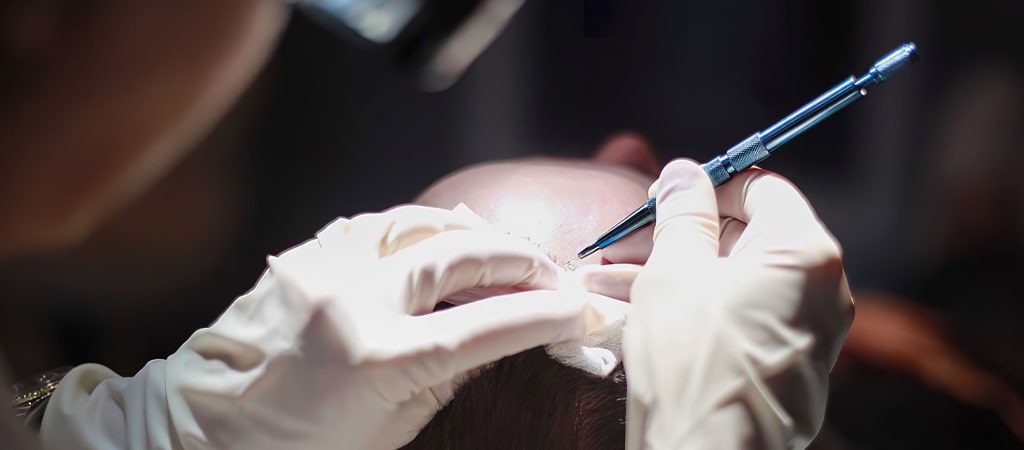What is a Dental filling?

Dental filling (filling) is a dental procedure to restore teeth damaged by decay, fractures, cracks and holes.
The mouth is the area where digestion begins in the human body. Healthy teeth ensure that food can be chewed well for digestion to operate smoothly. Broken teeth and teeth with decay lead to incomplete breaking down of food hence causing problems with digestion. This can also lead to bad breath and nausea.
Dental filling treatment also prevents problems such as inflammation.

Who are fillings suitable for?
Fillings are suitable for anyone who has damage to their teeth caused by decay, fractures, cracks, holes, trauma or any other issues. After an initial consultation, a practitioner will decide the suitability of a filling.
It should be noted that procedures such as veneers and teeth whitening cannot be applied to decayed teeth.
How is a tooth filling done?
The practitioner will begin the process by cleaning the tooth and mouth. A local anesthetic will then be applied to the tooth that will be worked on. If there is an existing filling on the tooth, it will be removed and the area will be cleaned again. The new filling is then added to the damaged area. The process is completed by shaping the composite where the patient will be asked to open and close their mouth to assist in the shaping of the bite. Any protrusion or excess will be retouched as the last step. The substances used for a filling are designed to set quite quickly, therefore patients can expect to return to daily life after the procedure and eat and drink a few hours later.
What are the different types of Dental Fillings?
The different methods of dental fillings continue to increase as technology develops. The practitioner will determine the appropriate procedure at the initial consultation. Previously, the most popular form of a dental filling was gold, today, not so much as people are after the most natural looking result. The different types of dental fillings are as follows:
Gold filling: The filling substance is made out of gold which is prepared and shaped to size in a laboratory.
Amalgam filling: Materials like silver, copper and mercury are used in an amalgam filling. It was a preferred option some time ago, especially in the back teeth, however it is no longer used. Its also not recommended for dental aesthetics.
Composite filling: The most common and popular method is a composite filling due to the fact that it looks the most natural. Very close to the color of teeth, a composite filling can treat broken and cracked teeth as well as cavities. It is also the most cost effective.
Porcelain filling: Porcelain fillings are popular for those looking for the perfect smile. As porcelain fillings are dental aesthetics, the fillings do not stain and there is no discoloration. It is more commonly used on the front parts of the teeth.
Dental filling recovery period
The recovery period after a tooth filling is very short. Although healing times vary depending on tooth sensitivity and the severity of the damage, patients can expect to return to their daily life after a procedure.
Some patients may experience mild pain and/or sensitivity, especially if consuming hot or cold drinks, however this should subside within 12 hours. If pain persists, patients are advised to see medical assistance from the practitioner.
What are the benefits of a dental filling
The main aim of a dental filling is to repair and restore the tooth from damages, and bring it back to a healthy state.
Filling broken and cracked teeth prevents tooth decay and future loss of the tooth.
Unwanted problems such as bad breath are also eliminated.Overall a dental filling saves the tooth from future damage.
Dental filling FAQ’s
How long does a dental filling procedure take?
How long does a dental filling procedure take?
It varies according to the number of teeth to be treated, the position and the material used to be used. The average filling time for a single tooth is 1 hour.
Is sensitivity after a dental filling normal?
Is sensitivity after a dental filling normal?
Yes. Although not everyone will experience sensitivity, the position of the treated tooth may affect hot and cold sensitivity which can last a few weeks.
Is a dental filling procedure painful?
Is a dental filling procedure painful?
Local anesthesia is applied to the area to be treated before the procedure so that patients do not experience any pain.
Can a filling fall off?
Can a filling fall off?
Under normal conditions a dental filling will not easily fall off. However some factors can result in a filling being repeated. These include, recurrence of decay under the filling, wear and tear, a long time has passed since the filling was treated, and if the individual has a habit of clenching their teeth.
Can tooth decay spread to other teeth?
Can tooth decay spread to other teeth?
Yes. If a tooth has a decay and is left untreated, the decay can spread to the healthy teeth on either side of the decayed tooth. It's always best to advise a practitioner as soon as a decay or cavity is noticed.
What are the dental treatment options during pregnancy?
What are the dental treatment options during pregnancy?
No form of dental treatment is recommended during pregnancy. It's advised that women visit their practitioner before planning pregnancy, if possible. Otherwise pregnant patients will need to wait until after birth.





